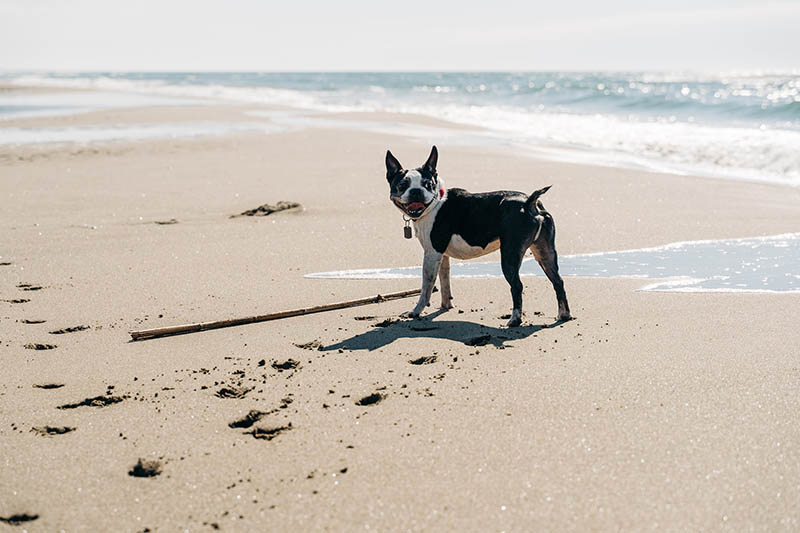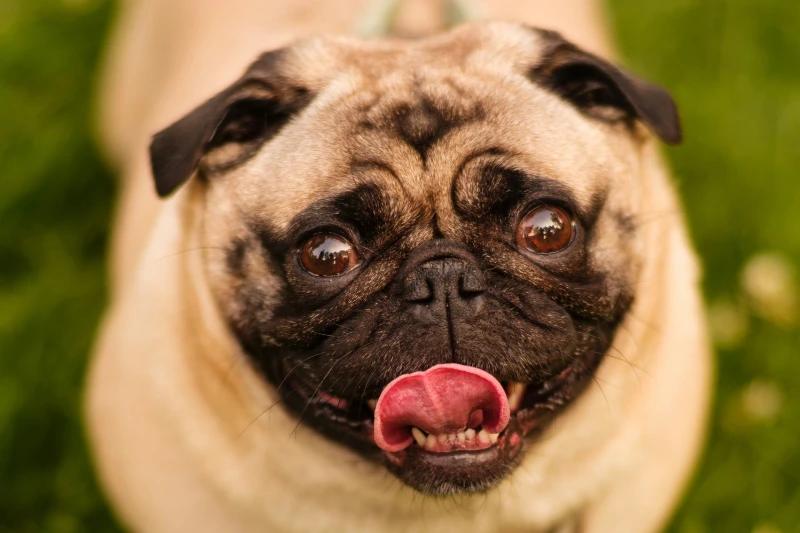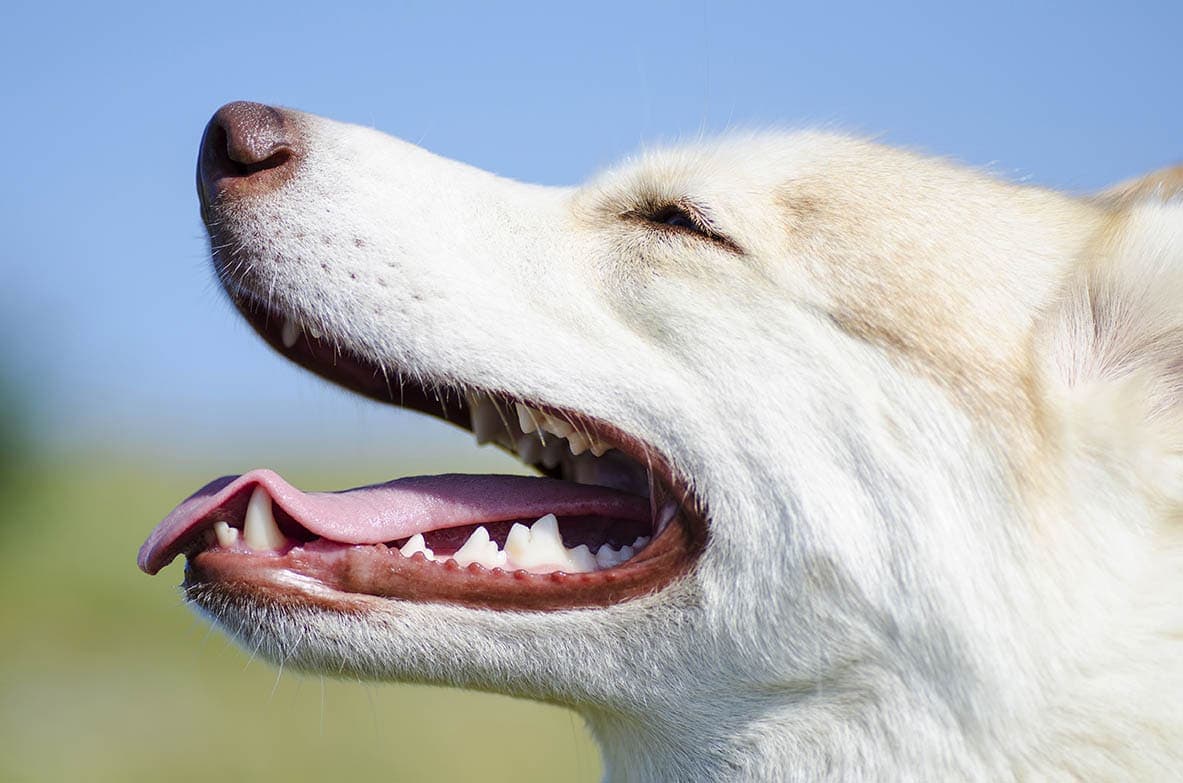20 Surprising Great Pyrenees Facts
By Ed Malaker
Updated on
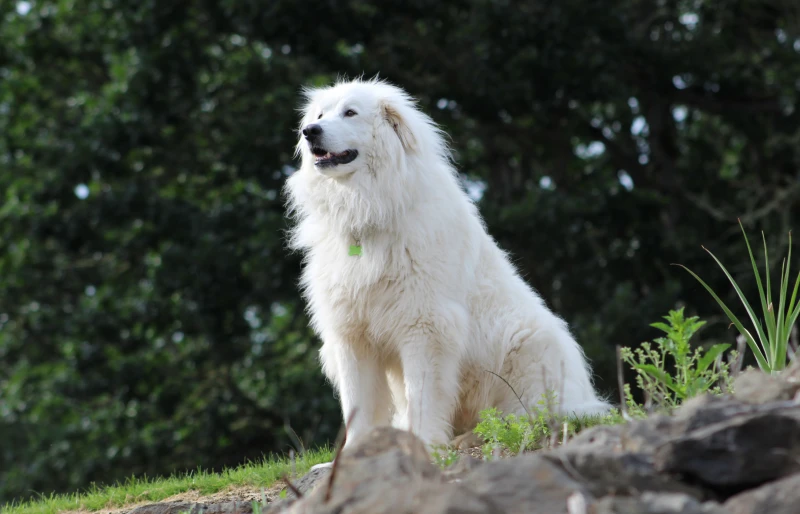
The Great Pyrenees would be a wonderful pet for families that like big dogs. They are affectionate, patient, and protective of family members and can get along with children and pets if they are socialized as puppies. If you are thinking about getting one of these dogs but would like to learn more about them first, keep reading for several interesting facts that will help you become familiar with the breed.
The 20 Surprising Great Pyrenees Facts
1. Noble Origins
The Great Pyrenees, also known as Pyrenean Mountain Dogs or Pyrs, hail from the Pyrenees mountains of France and Spain, where breeders created them to guard livestock in harsh mountain conditions. This is an extremely old breed. Fossils of the breed have been found in the Pyrenees area, dating as far back as 1800 B.C!
2. Imposing Appearance
Standing as tall as 32 inches and weighing as much as 110 pounds, the Great Pyrenees has quite an imposing appearance. Their large size and protective personality typically stops would-be intruders in their tracks.
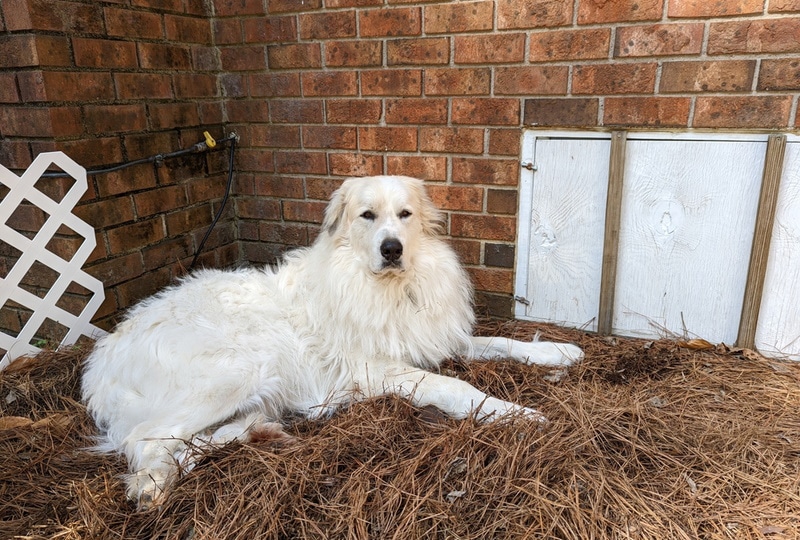
3. Attractive Appearance
Many pet owners are attracted to the white coat of the Great Pyrenees, which helps them stand out from other large dogs. The white coat can also have tan, red, gray, or badger markings.
4. Gentle Giants
Despite their imposing size, Pyrs are known for their gentle and affectionate nature, especially with their families and the animals that they protect.

5. Night Guardians
Pyrs are instinctive protectors and are particularly vigilant at night, which aids in protecting livestock from nocturnal predators.
6. Independent Thinkers
Pyrs are intelligent and independent dogs. While they can learn commands, they may choose not to obey if they don’t see a good reason, so training requires patience and consistency because they can easily lose focus and get distracted. Starting when they are puppies and getting them into a routine can make the process easier.
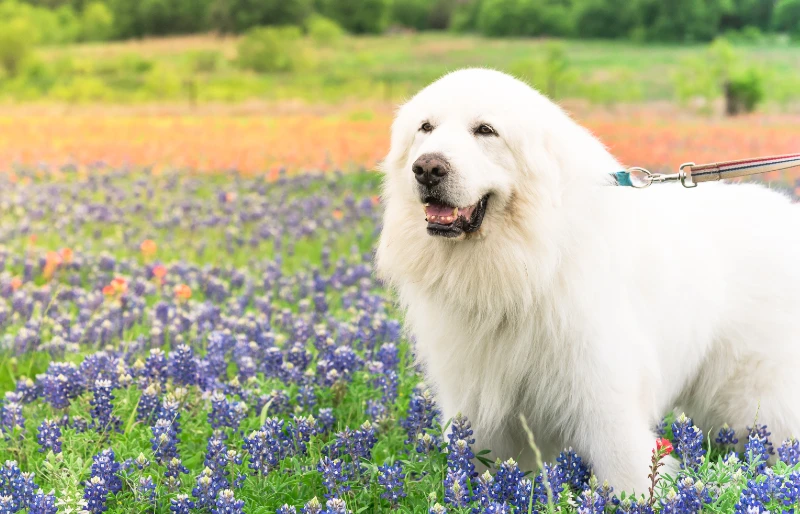
7. Not Built for Speed
The Great Pyrenees is slower and less agile than many other breeds. They have a slow and steady gait that is more suited for patrolling and watching over their territory.
8. Strong Maternal Instincts
Female Pyrs anecdotally exhibit strong maternal instincts, even when not raising puppies. This instinct can extend to protecting other animals, including livestock, from perceived threats. They may also protect and nurture children and other pets.
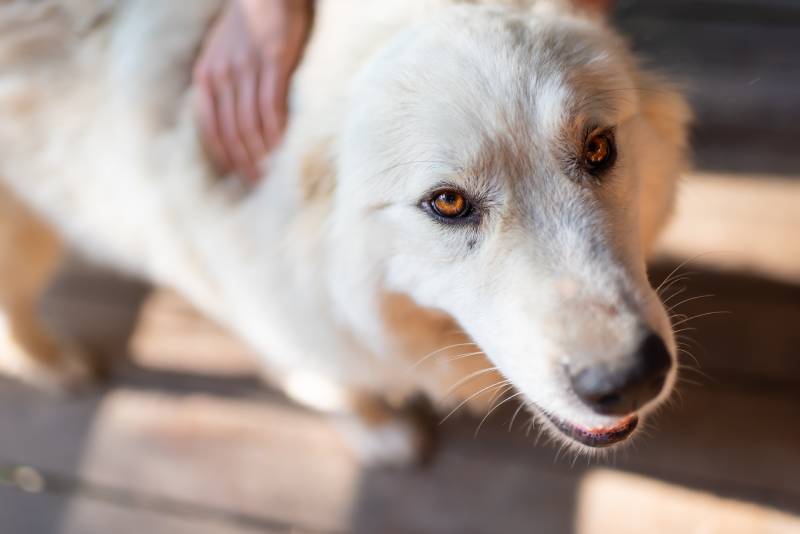
9. Health and Longevity
The Great Pyrenees usually lives for between 10–12 years, which is longer than the average for large dogs. That said, they are prone to certain health issues, including hip and elbow dysplasia, bloat, and immune mediated disorders, so regular vet check-ups are vital.
10. Versatile Work Roles
Besides guarding livestock, Pyrs have found roles as therapy and search-and-rescue dogs and are especially helpful in cold and mountainous areas.
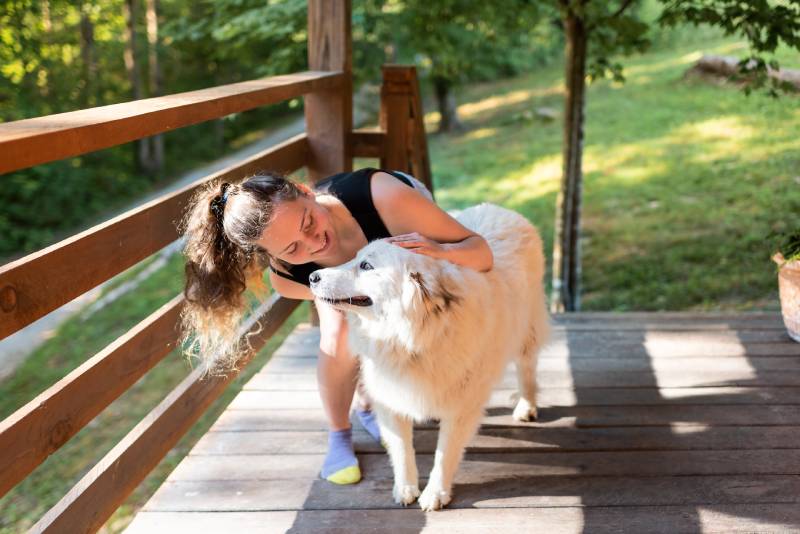
11. Historical Connections
The Great Pyrenees breed has historical connections to European royalty. The French nobility also favored them and often gifted these dogs as diplomatic gestures.
12. Weather-Resistant Coat
The Great Pyrenees has a double coat that helps protect them from harsh weather conditions, whether it’s the cold of winter or the heat of summer. Their dense undercoat provides insulation, while the outer coat repels dirt and water.
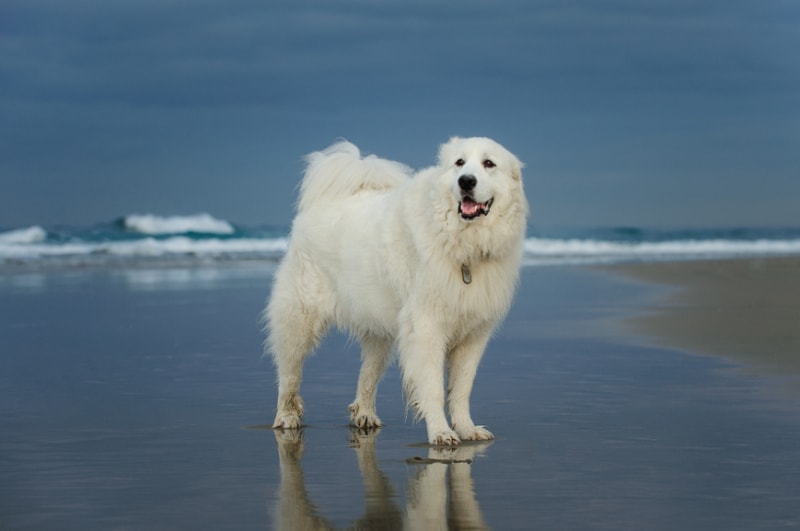
13. Big Shedding
The thick, double coat of the Great Pyrenees sheds quite a bit and can be difficult to manage during the spring and fall shedding seasons. Frequent brushing and grooming is crucial to keep the fur under control.
14. Natural Guardian Instincts
The guarding instinct of the Great Pyrenees is deeply ingrained. Owners report that they will take protective measures even without formal training, such as placing themselves between potential threats and their families.
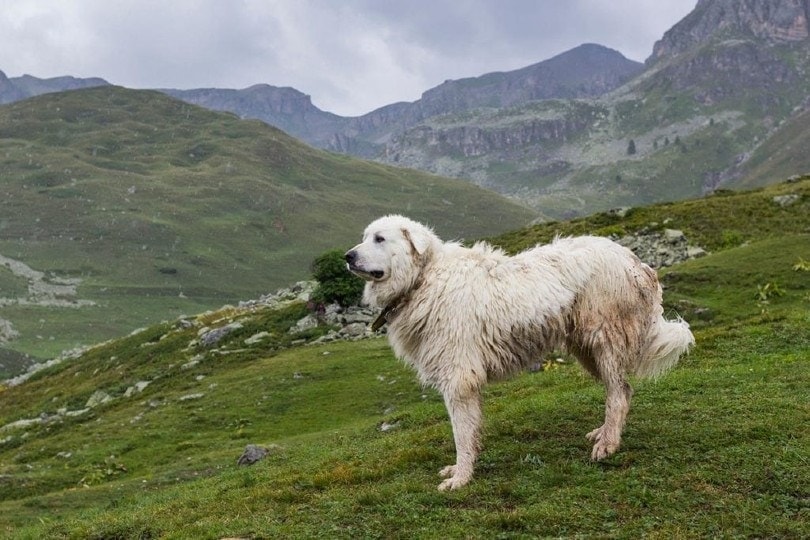
15. Intuition for Danger
Many owners report that the Great Pyrenees can sense danger even before it becomes evident. Their acute hearing and keen sense of smell contribute to their early detection of intruders or potential risks.
16. Environment Adaptability
While they come from mountainous regions, Pyrs can adapt well to various environments, including suburban and rural settings, as long as they have enough space to run around and get exercise.

17. Slow Maturation
The Great Pyrenees has a slow maturation rate compared to many other dog breeds and might not fully mature physically until they are around 2 years old. They may take up to 4 years to reach mental maturity.
18. Loud Barkers
Before purchasing one of these dogs, consider their loud bark. It can easily disturb nearby neighbors and be too loud for an apartment building.
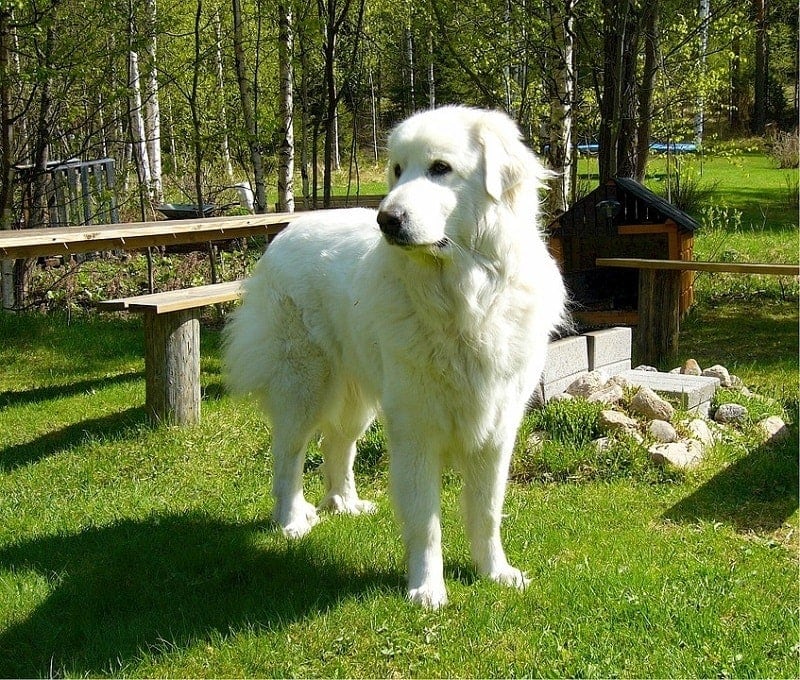
19. International Recognition
The distinct qualities of the Great Pyrenees have earned them recognition from international kennel clubs and organizations, including the American Kennel Club and the Fédération Cynologique Internationale.
20. Affectionate Displays
Pyrs are known for their affectionate displays, like leaning against their owners for comfort and using their paws to hug or gently nudge those they care about.
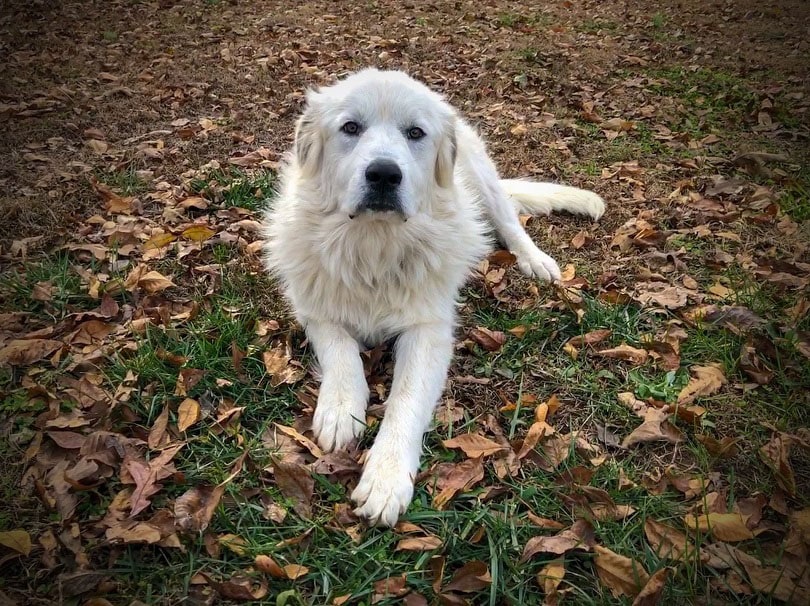
Frequently Asked Questions
Are Pyrs Good Family Pets?
Yes, Pyrs can make good family pets if they are properly socialized from a young age. They are gentle and protective, making them great companions for families with the space and time to meet their needs.
How Much Exercise Do Pyrs Need?
Pyrs are not overly active but do require daily exercise to stay healthy and mentally stimulated. Moderate walks and playtime should suffice, though they also enjoy roaming in a secure area.
Can They Live in Warm Climates?
While the Great Pyrenees are suited to cold climates, they can live in warm areas with proper care. Their thick undercoat is shed in the warmer weather, leaving the protective guard hairs. These protect against sunburn and also the heat. However, be sure they always have access to shade and fresh water, and avoid excessive exercise or exposure during hot weather to help keep them comfortable and safe. If you feel your dog has got too hot and may be suffering from heat stroke, seek veterinary advice immediately.
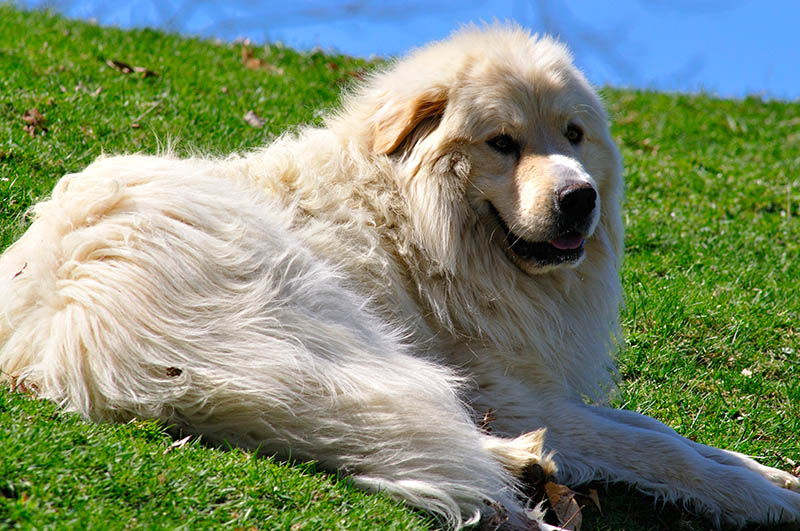
How Much Do Great Pyrenees Puppies Cost?
The cost of Great Pyrenees puppies can vary widely depending on factors like pedigree, breeder reputation, and location. On average, you can expect to pay anywhere from $800 to $2200 or more for a puppy. Always ensure you buy a dog from a reputable breeder or rescue center and that your dog is vaccinated and health tested appropriately. You should always visit the breeder and meet the puppy, the littermates and both parents if possible. If a “breeder” is looking for a quick or cheap sale, be very cautious as this could be a puppy farmed, stolen or unwell puppy.
Summary
The Great Pyrenees has a long history, and their large size and attractive appearance have helped keep them popular throughout the years. They are fiercely protective of family members and livestock, making great watchdogs, but they are also affectionate, often leaning on their owners and following them around.
See also:
- Do Great Pyrenees Drool a Lot? Brees Facts & Tips
- Male vs Female Great Pyrenees: The Differences (With Pictures)
Featured Image Credit: Mikhail Farina, Shutterstock




